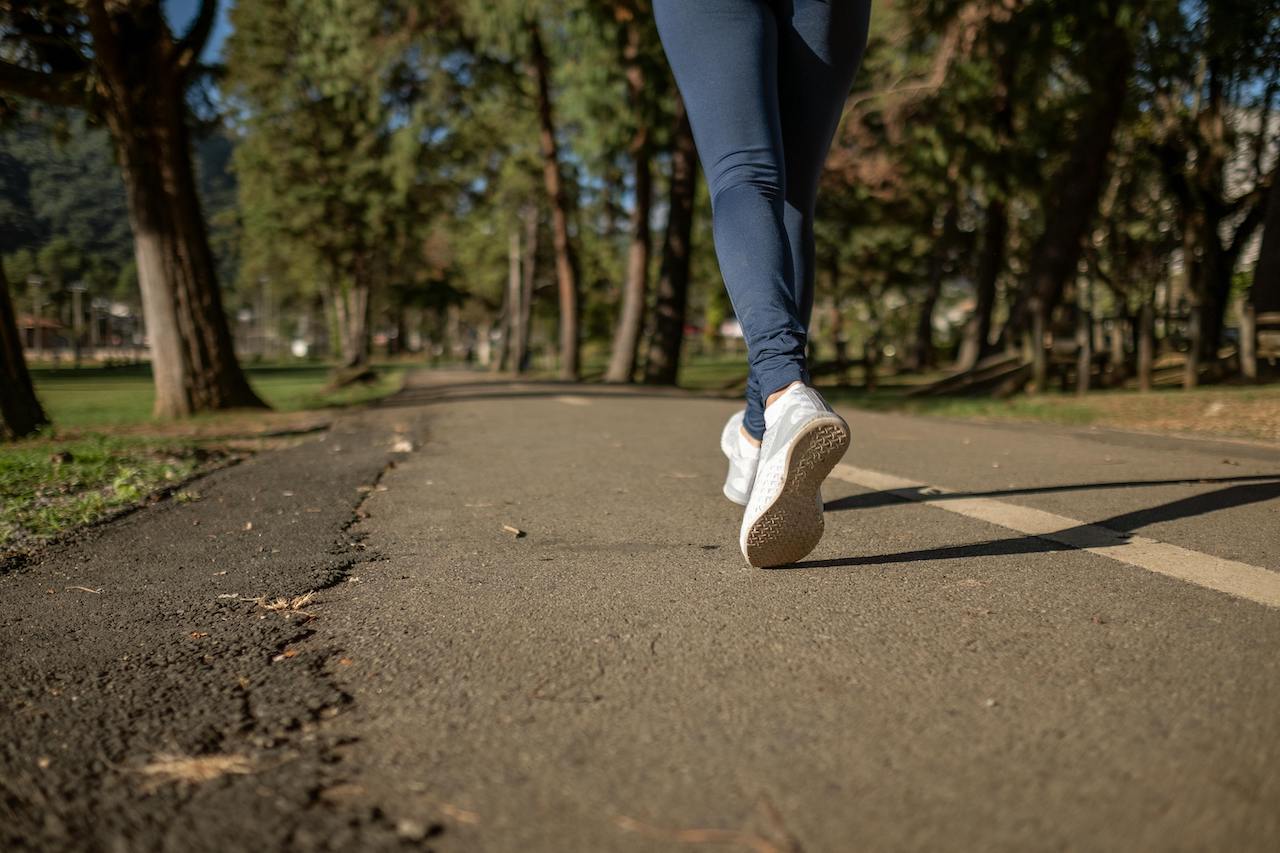With summer in full swing, it’s important to be mindful of the unique health challenges and opportunities this season brings. From heat-related illnesses like heat exhaustion and heatstroke to the risks of excessive sun exposure, summer requires extra attention to ensure we stay safe and healthy. At T&F Pharmacies, we are committed to providing the products and guidance you need to protect yourself and your family during the warmer months. In this article, we’ll cover essential summer health tips, including hydration, sun protection, and precautions for allergies and insect-borne diseases.
Heat-Related Illnesses: Prevention and Awareness
As the temperature rises, the risk of heat-related illnesses increases. It’s important to understand the differences between heat exhaustion and heatstroke, two common heat-related health issues:
-
Heat Exhaustion occurs when the body becomes overly heated due to prolonged exposure to high temperatures. Symptoms include heavy sweating, weakness, dizziness, nausea, and muscle cramps.
-
Heatstroke is a more severe condition that requires immediate medical attention. Symptoms include confusion, rapid heartbeat, hot, dry skin, and a high body temperature. If you or someone you know experiences heatstroke, it’s crucial to seek emergency help right away.
Tips for Preventing Heat-Related Illnesses:
-
Drink plenty of water throughout the day.
-
Avoid prolonged outdoor activity during the hottest parts of the day (typically between 10 a.m. and 4 p.m.).
-
Wear lightweight, light-colored clothing, and use a wide-brimmed hat.
-
Take regular breaks in a cool, shaded area if working or exercising outdoors.
Staying Hydrated: Why It’s Crucial
One of the most important things you can do during the summer months is to stay hydrated. Dehydration can occur quickly in the heat, especially if you’re spending time outdoors or engaging in physical activity. Dehydration can lead to dizziness, headaches, and heat exhaustion, so it’s essential to drink water regularly, even if you’re not feeling thirsty.
Summer Hydration Tips:
-
Drink water consistently throughout the day—don’t wait until you’re thirsty.
-
Include electrolytes in your hydration, especially if you’re exercising or sweating heavily.
-
Avoid excessive caffeine and alcohol, as these can dehydrate the body.
Sun Protection: The Dangers of Excessive Sun Exposure
While spending time in the sun can feel great, excessive exposure can lead to serious consequences like sunburn and long-term skin damage, including an increased risk of skin cancer. It’s essential to practice sun safety to protect your skin and overall health.
Tips for Sun Safety:
-
Use sunscreen with a broad-spectrum SPF of at least 30, and reapply it every two hours, or more frequently if swimming or sweating.
-
Wear protective clothing such as hats, sunglasses, and long-sleeved shirts to shield yourself from the sun.
-
Seek shade when possible, especially during peak sun hours.
-
Avoid tanning beds, which can increase the risk of skin cancer.
Insect-Borne Diseases: Protection from Mosquitoes and Ticks
Summer also brings the risk of insect-borne diseases, particularly from mosquitoes and ticks. Diseases like West Nile Virus, Lyme disease, and Zika virus can be contracted through bites. Protecting yourself from these insects is important, especially if you’re spending time outdoors in areas with high insect activity.
How to Protect Yourself from Insects:
-
Use insect repellent containing DEET, picaridin, or oil of lemon eucalyptus.
-
Wear long sleeves and pants, especially if hiking or camping.
-
Avoid being outdoors during dawn and dusk when mosquitoes are most active.
-
After spending time outside, check your body for ticks and remove them promptly.
Allergy Season: Managing Pollen and Other Summer Triggers
Summer allergies can make the season difficult for many people. Pollen from trees, grasses, and weeds is at its peak, triggering symptoms such as sneezing, runny nose, and itchy eyes. It’s also important to remember that other allergens, such as mold and dust mites, can be a problem in the warmer months.
Tips for Allergy Relief:
-
Take allergy medications like antihistamines, nasal sprays, or decongestants to manage symptoms.
-
Keep windows closed to reduce exposure to outdoor allergens.
-
Use air purifiers in your home to filter pollen and other allergens.
-
Shower after spending time outdoors to wash away pollen and other irritants.
-
Travel Health Concerns: Staying Safe While Exploring
Summer often means vacations and travel, and it’s important to take extra precautions when traveling, especially to unfamiliar destinations. Whether it’s making sure you have the necessary vaccines or packing a travel health kit, planning ahead is key.
Travel Health Tips:
-
Stay up-to-date on any necessary vaccines for your destination.
-
Bring any medications you may need, along with a doctor’s note if required.
-
Use insect repellent to protect against mosquito-borne diseases when traveling to tropical regions.
-
Keep emergency contact information and important medical details on hand.
How T&F Pharmacies Can Help
At T&F Pharmacies, we are here to support your health throughout the summer season. From hydration solutions and sun protection products to allergy medications and insect repellents, we have a wide range of items to help you stay safe and healthy during the summer months. Our knowledgeable pharmacists can also offer personalized recommendations to ensure you’re fully prepared for any summer health concerns.
Get in Touch Today
If you need assistance with finding the right summer health products or have questions about managing heat, sun exposure, or allergies, visit us at one of our T&F Pharmacies locations. Our team is here to help you stay healthy, safe, and comfortable this summer. You can also reach out via our website for more information or to get in touch with one of our pharmacists.
Let’s make this summer a season of wellness! Stay safe and enjoy the sunny days ahead with the help of T&F Pharmacies.












